If you were cruising the Pacific, you’d be mad not to pack a few rods, right? Ben Keys jumps aboard a plush yacht and proves you don’t need a game boat to catch marlin. You just need to sail over the top of them.
On the day we hooked a 70kg blue marlin, we weren’t supposed to be fishing at all. Four days into a sailing trip between Tahiti and Tonga, our little freezer was already filled with fresh wahoo and mahi mahi, so the chef asked us to stop fishing. But the crew tend to get bored on long daytime watches and fishing provides occasional bursts of excitement.
So no-one was particularly upset when the battered old Penn reel started screaming, although I did notice it wasn’t stopping this time. Even when Timbo set the drag to full lock, that fish just kept on pulling! The big diesel was knocked into neutral as Timbo began clawing a few metres of line back. Behind him, the crew discussed what type of giant critter had nearly spooled us. After a long fight where the fish stayed deep, we settled on “a big tuna”. So everyone was pretty surprised when the bronzed flanks of a lit-up blue marlin broke the surface. Our next discussion was titled: “What the hell do we do now?”
A 90ft highly-varnished yacht with an overhanging stern offers no water-level access and we weren’t that keen on manhandling a feisty billfish over the side rail. Luckily, the marlin solved this dilemma for us by throwing the lure as it thrashed alongside the boat. In the cockpit, the chef breathed a sigh of relief that she wouldn’t have to reorganise the freezer.
FISH UNDER SAIL
The first thing to realise when fishing from a yacht is that a 90ft sailboat will never be as manoeuvrable as even the largest sportsfisher. And you can forget about backing down on your quarry, or even stopping the boat. If you hook up under sail, it might take 10 minutes for the yacht to completely stop, so you’d better be packing heavy gear.
Our trusty Penn 50W reels were loaded with 150lb Dacron braid and the tackle secured by heavy-duty stainless trace wire. If this sounds over the top, consider we still lose about half the gear on any trip to bust-offs by hidden monsters (and the odd floating log).
Super-loose drag settings are the go, plus quick reactions and swift teamwork once you hook up. One person slows the yacht and another handles the sails, while whoever was first on the scene straps in for battle. Lures we use are a mix of coloured skirts (some bought, some handmade) with the odd Halco Laser Pro thrown in (the biggest you can find!).
WEST FROM TAHITI
My mission was to help five mates deliver a beautiful 27m Andre Hoek sloop, 1200 nautical miles from Tahiti to Tonga. A leisurely yacht delivery with friends through the Pacific during winter? No-brainer. They didn’t need to ask twice.
BLUE SKIES AHEAD
This was how I found myself climbing off a plane into the fragrant, steamy air of Tahiti. After a rowdy reunion with the crew, we busied ourselves changing the yacht from ‘guest mode’ to ‘delivery mode’. This involves covering up anything shiny, stowing anything that looks breakable and filling the forward cabin with our collection of sails and surfboards.
After a safety briefing for the newly arrived crew, everyone settled into their watch routines. Life aboard passes quickly, with plenty of magazines, guitars and backgammon to keep the crew entertained. Night watches usually involve solving global problems over cups of tea. More importantly, long sailing journeys provide the perfect opportunity for my favourite form of fishing – the lazy man’s bluewater trolling.
Simply toss a few skirted lures out the back, set the drag and forget about them until dinner hooks itself. Not pro-active enough, I hear you say? Perhaps, but it’s still pretty bloody effective. Few days passed without us hooking something – we landed a solid wahoo after a marathon fight, just out from Papeete, but as you head further offshore, it’s mostly mahi mahi on offer. These colourful bruisers never fail to put on an acrobatic show and for my money, they’re one of the most delicious fish to ever hit the grill. Having a talented sushi chef on board doesn’t hurt, either.
LAND AHOY
As we sailed west, the wind swung into the east, so we turned toward the south-west for a better sailing angle. One of the realities of the “go with the flow” life on a sailing yacht is that you rarely get to aim it exactly where you want to go.
We were about four days out from Tahiti and 25nm off the remote island of Niue when the blue marlin struck. It was the first big billfish our crew had hooked, and although her bow bears the scars of a previous encounter – a long gouge scraped out of the antifouling a few years back. Weeks later, while cruising Tonga, they would catch a sailfish, too – testament to the healthy waters in these parts.
After six days at sea, we crossed the International Date Line near Tonga and put the clock forward 23 hours, which is as strange as it sounds. As we approached land (or where we thought it should be), it was impossible to see much as a heavy squall blasted across the decks. On the upside, the yacht got a freshwater rinse as we used the radar to edge in toward Tonga.
Our first glimpse of the northern island group was underwhelming as we skirted steep cliffs cloaked in mist and fog. But after slipping between the jungle-covered islands, we reached our destination of Neiafu, a protected harbour in Tonga’s Vava’u island group.
Clearing into a new country by boat usually involves touching base with local authorities. Our local yachting agent had been expecting us, so we called him up on the VHF radio. He informed the captain that our friends from another yacht, Kawila, were relaxing in his bar and we should all come ashore and join them. But we hadn’t cleared in yet? No worries – do it tomorrow. Island time!
TONGA IS TOPS
The next few days passed in a blur of drying wet sails and gear as we ran through multiple checklists for cleaning the yacht. However, there was still time for a snorkelling trip with Tonga’s humpback whales. The charter boat cruises about until its captain finds some relaxed whales swimming slowly, then you jump in with a guide and squeal your lungs out underwater. In between humpback encounters, you’re cruising around Tonga’s vast collection of dreamy islets, observing whales breach and blow in every direction. Tough life.
Tonga is incredible, a dead-set watersport wonderland. Fishing, sailing, diving, kiting, surfing, spearfishing and freediving are all super-accessible in the warm, clear waters. I’m not sure when I’ll next get to travel there by yacht, but I don’t think I can wait that long. Winter is here and the Pacific is calling…
TRIP INFO
There are regular flights to Tonga and Tahiti from New Zealand, many of the former going via Fiji. While it’s not always possible to score a yacht delivery, bareboat or crewed charter yachts are available in both regions through sunsail.com and moorings.com
There are numerous Whale Swim charter operations around Neiafu/Vava’u in Tonga. We paid around AUD$200 per head.
It is also possible to sail eastwards to the South Pacific from New Zealand or Australia. This is best done in early winter.
For information on Tahiti, visit tahiti-tourisme.com
For information on Tonga, visit tongaholiday.com

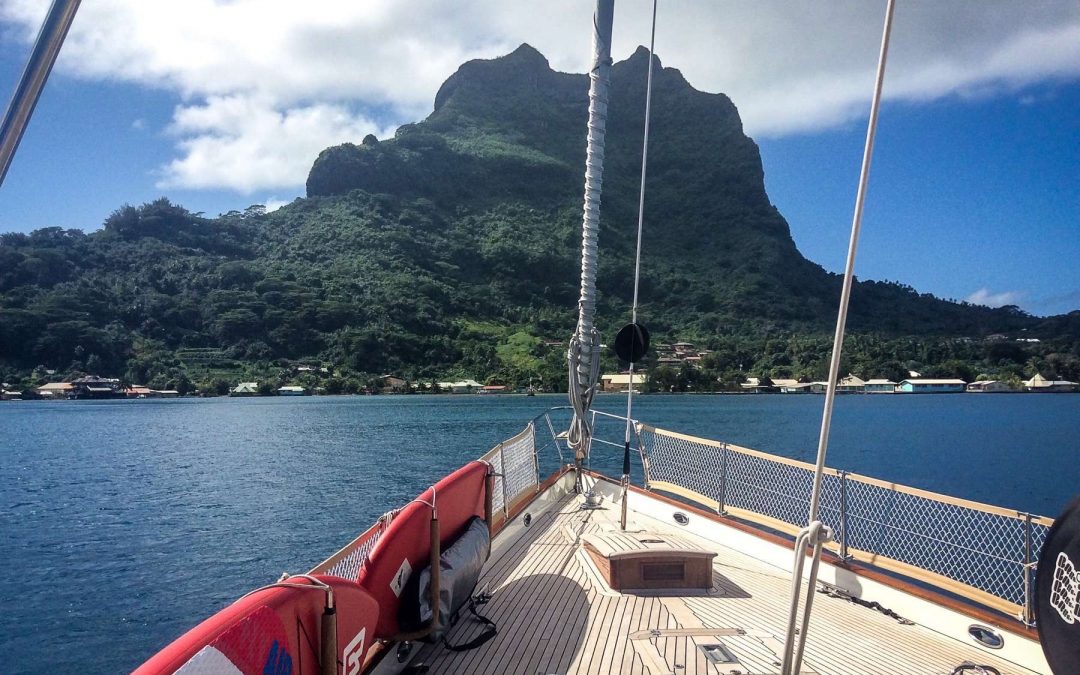
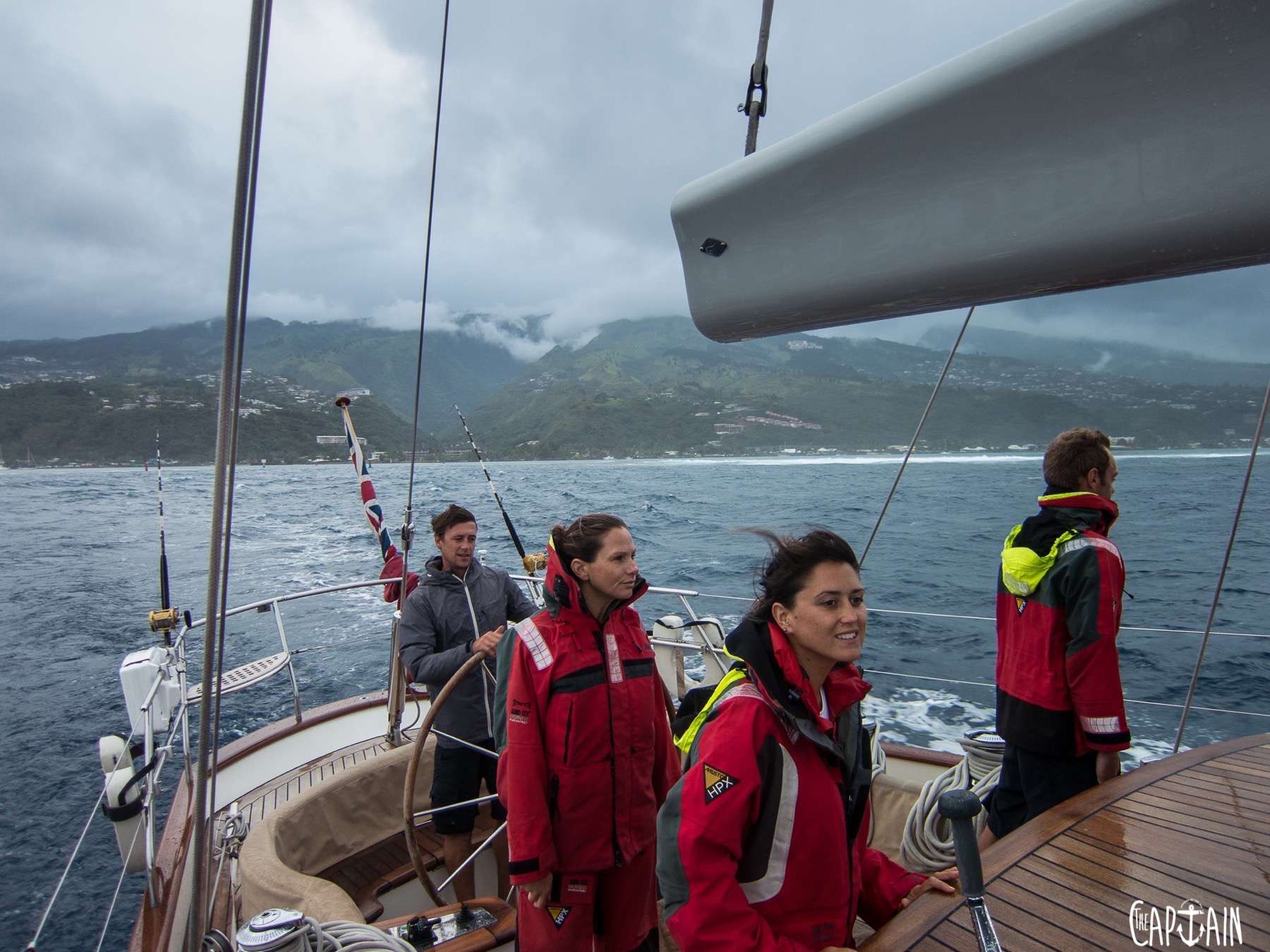
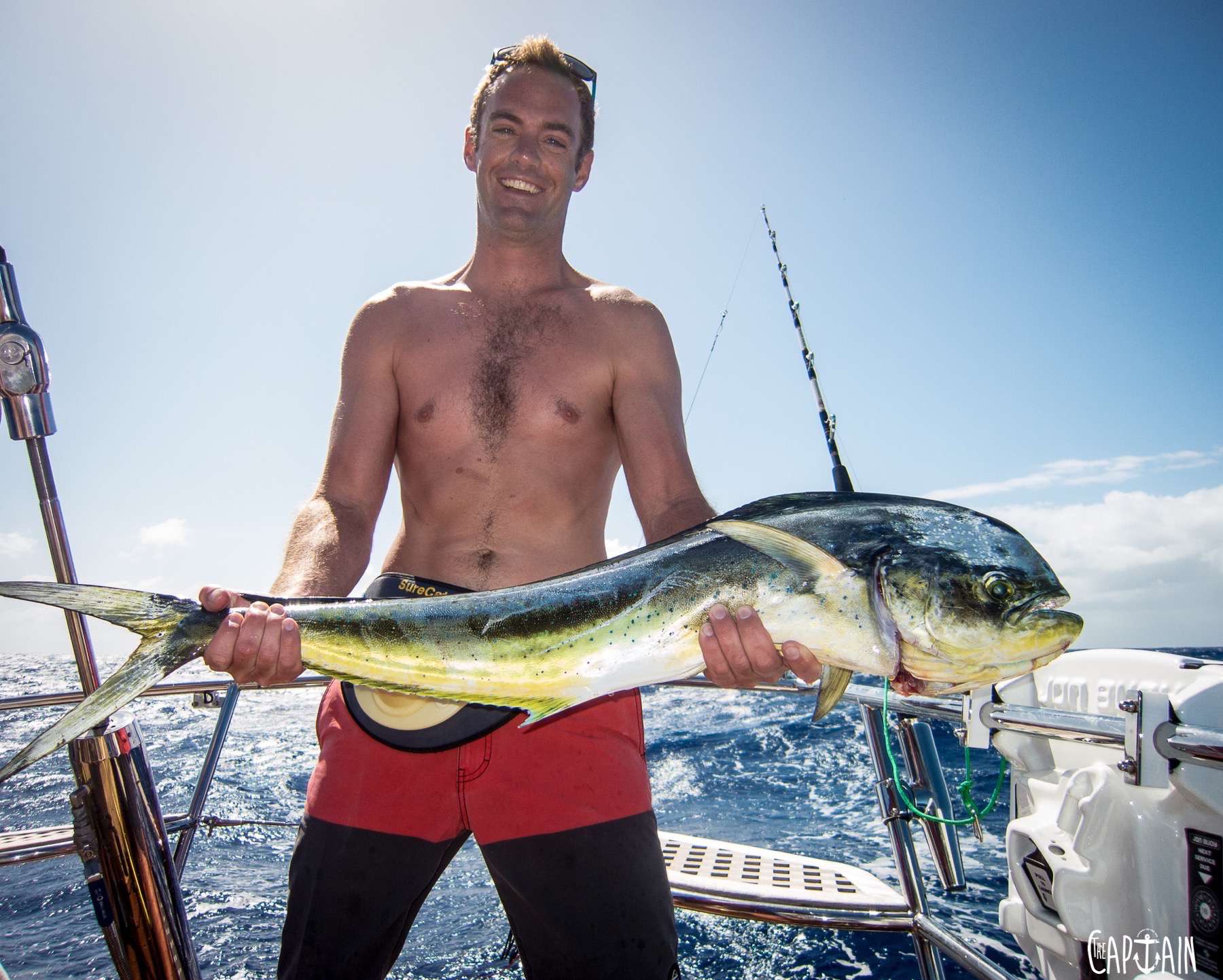
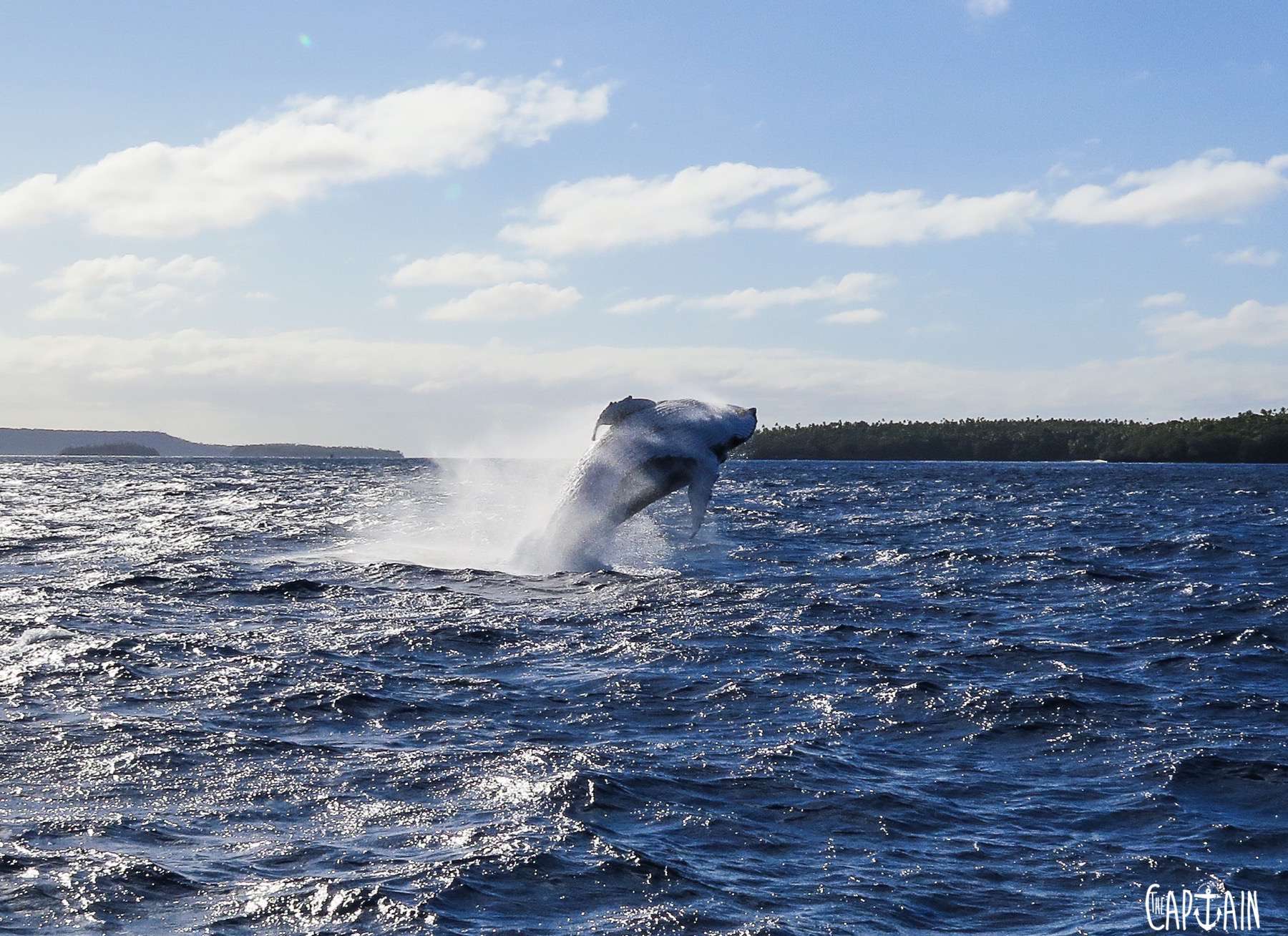
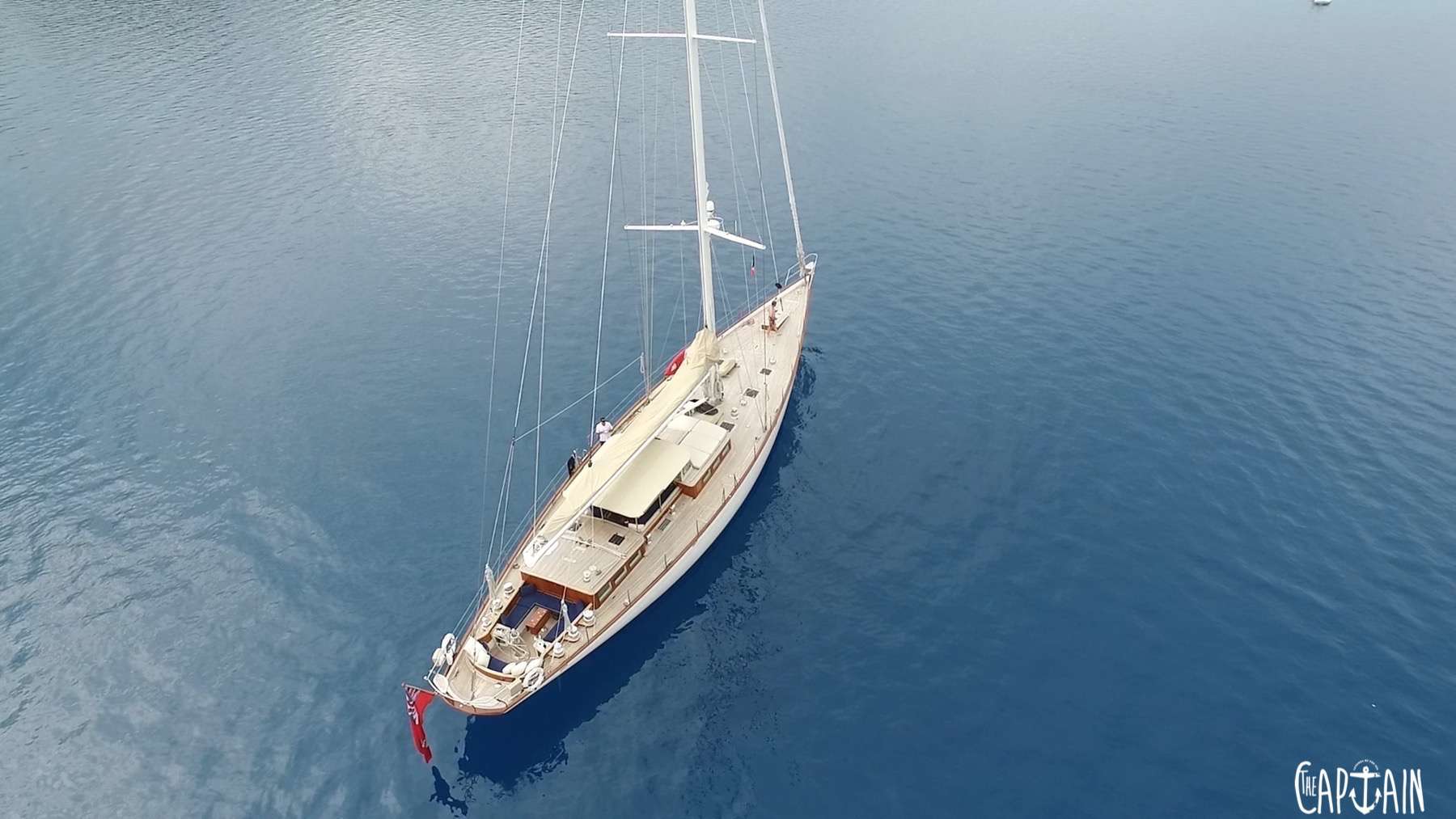
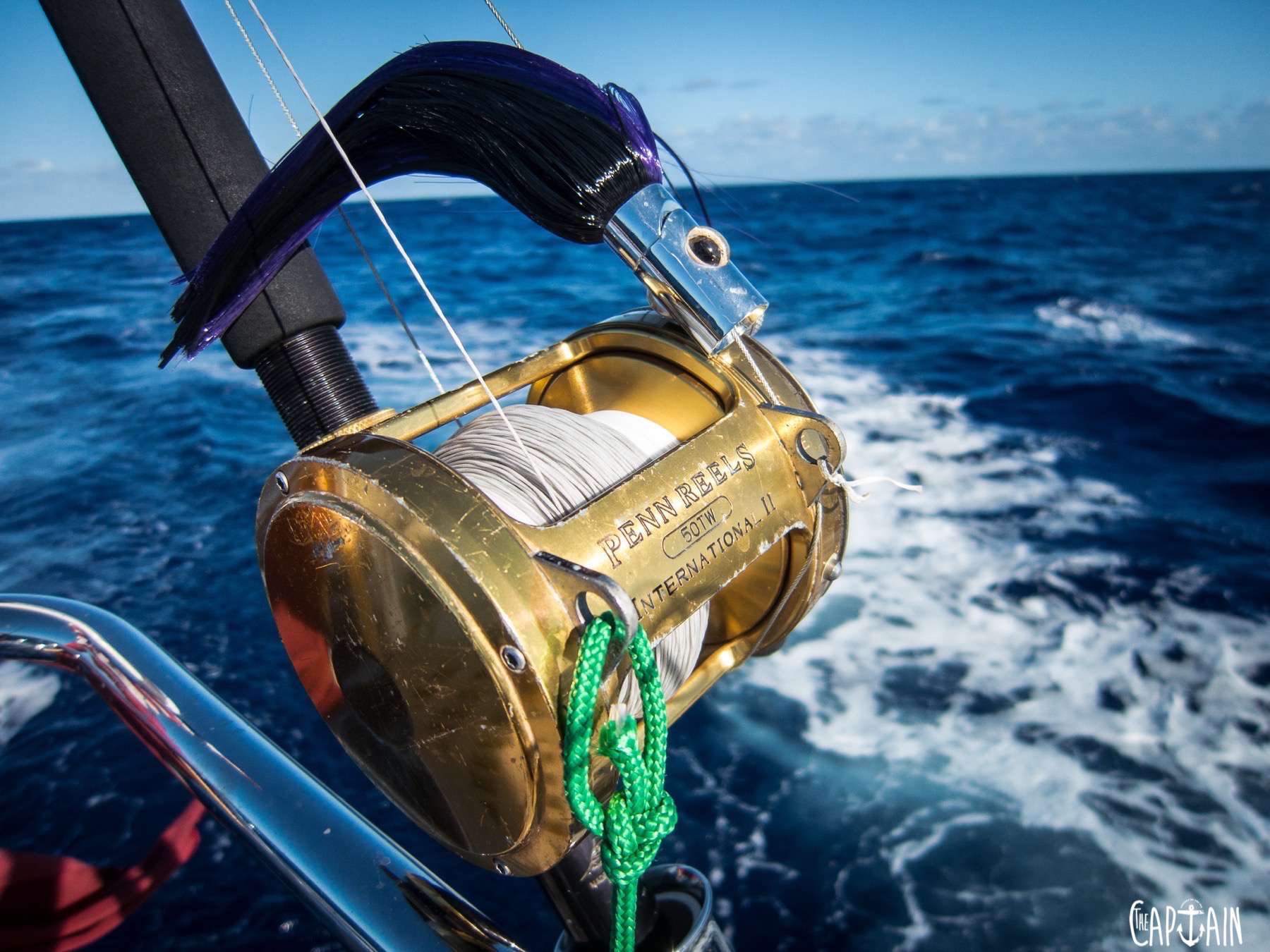
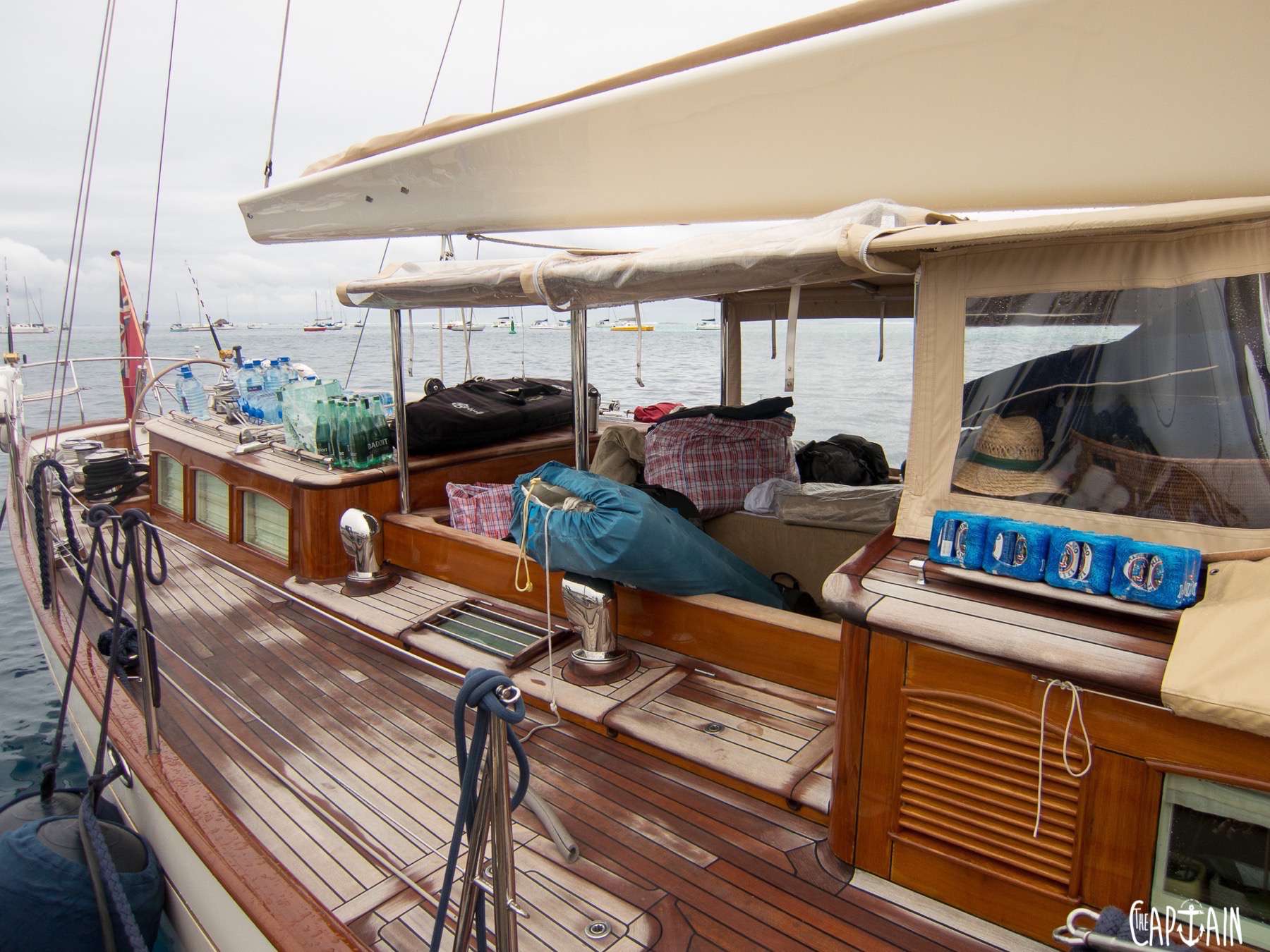
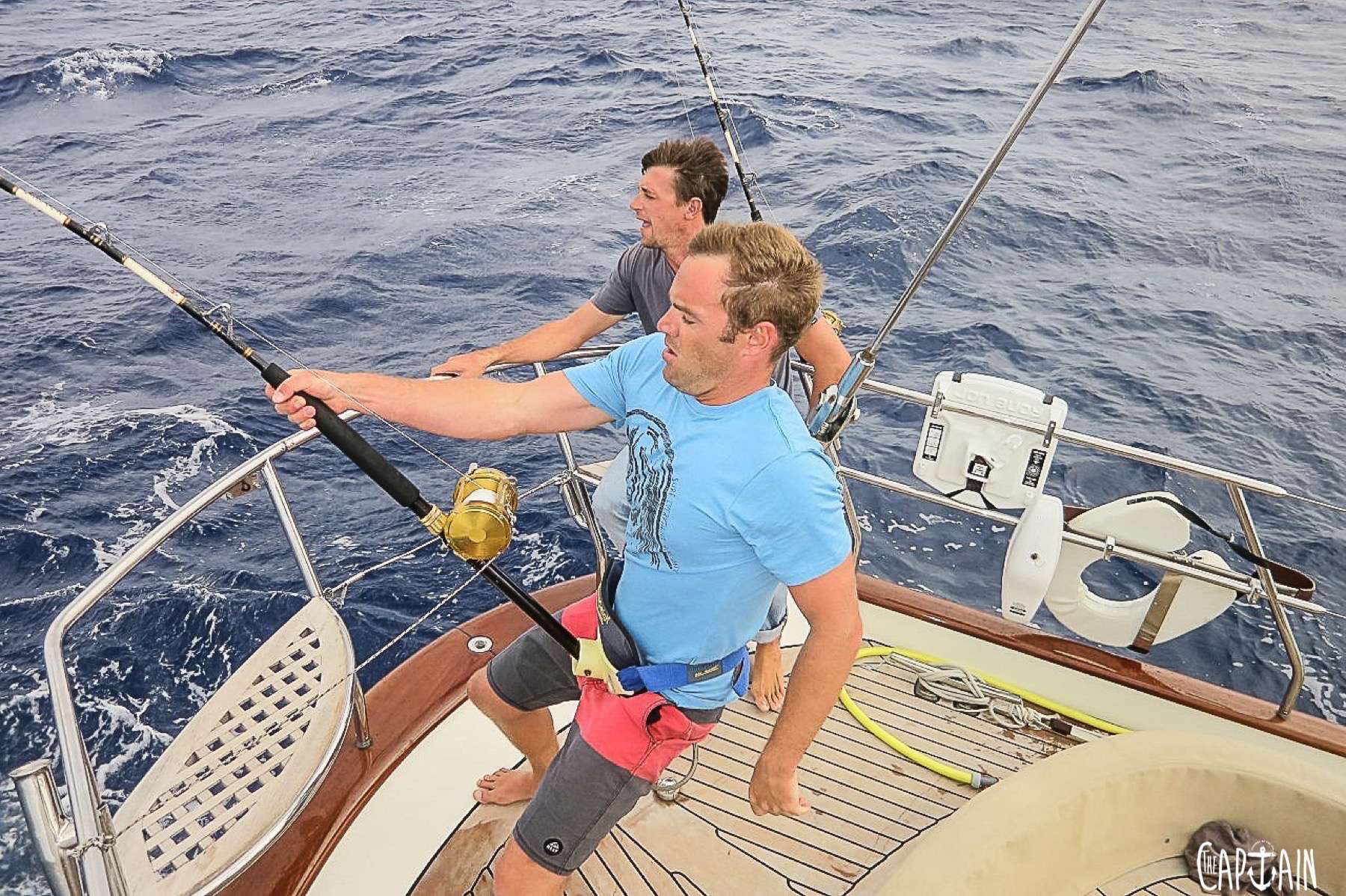
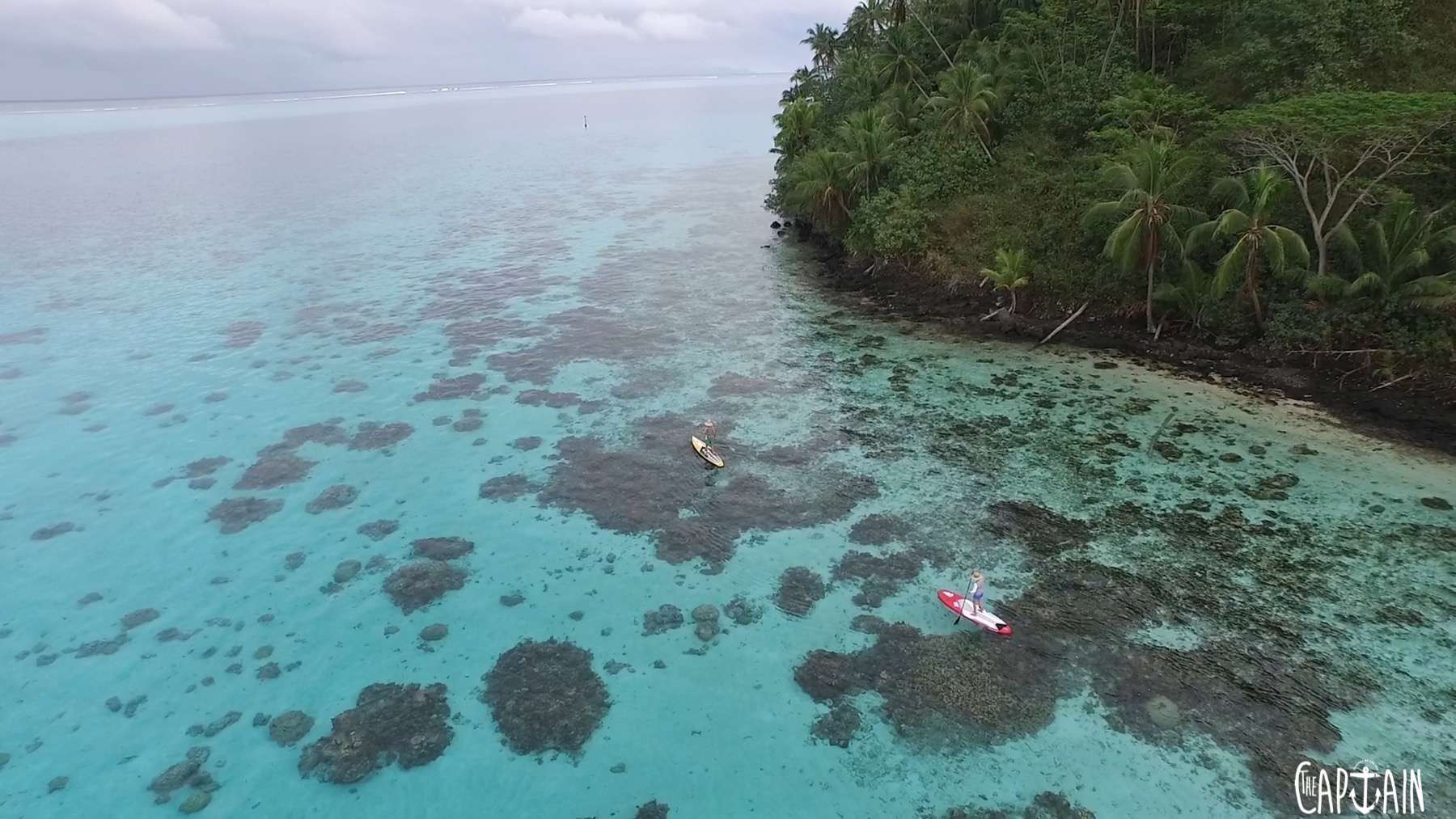
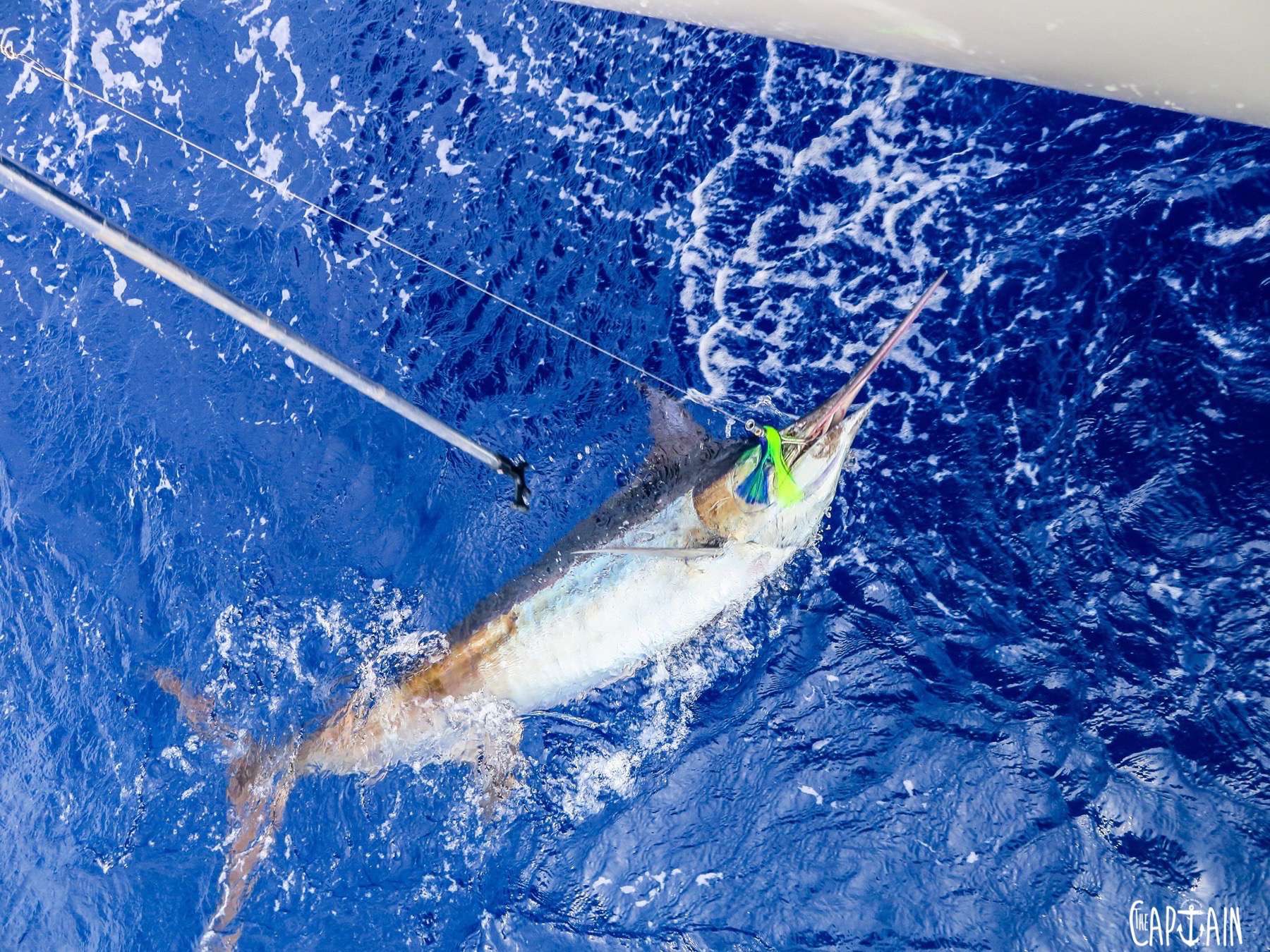
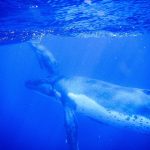

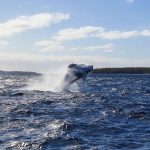
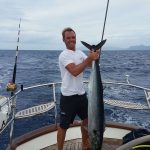
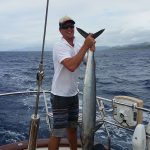
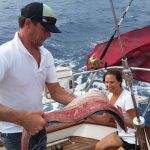

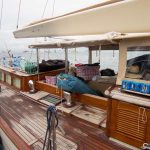
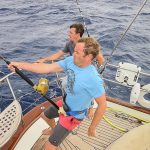
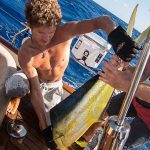
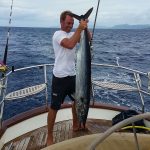
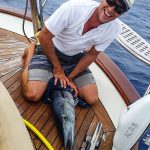
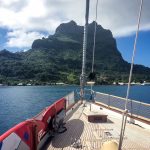
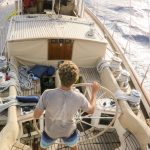



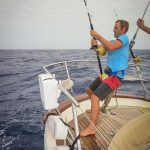

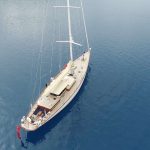
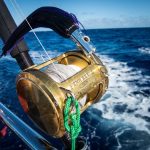
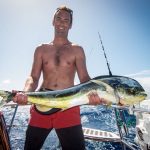
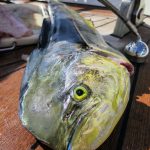
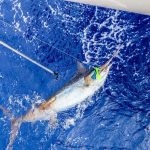

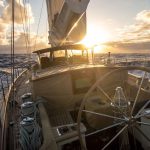
Recent Comments